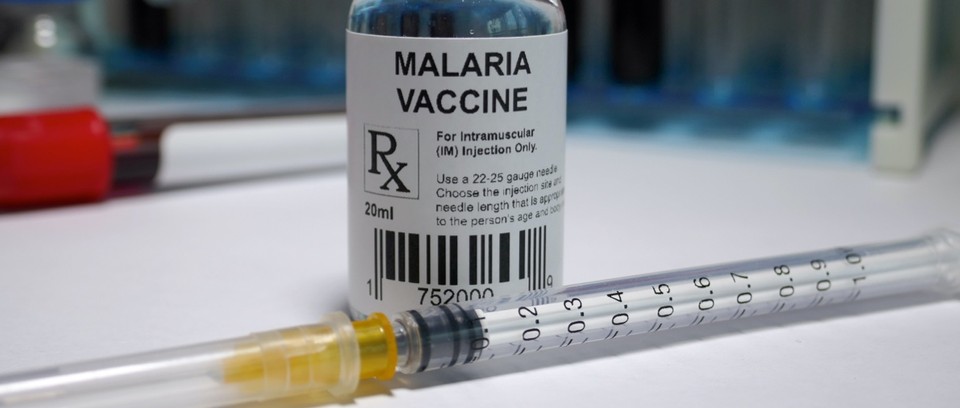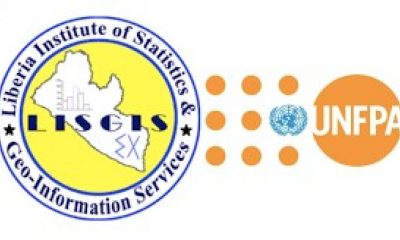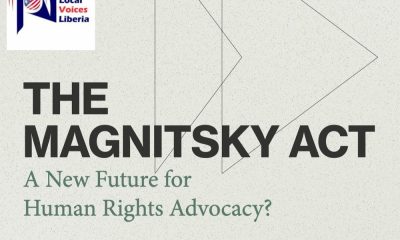
Monrovia – When the world’s first malaria vaccine completed its clinical development, it received positive scientific opinions and reviews from renowned organizations including the World Health Organization and the European Medicines Agency.
The WHO Director General Dr. Tedros Adhanom Ghebreyesus said: “This is a historic moment. The long-awaited malaria vaccine for children is a breakthrough for science, child health and malaria control. Using this vaccine on top of existing tools to prevent malaria could save tens of thousands of young lives each year.”
The vaccine is named Mosquirix but it is also known by its scientific name RTS, S /AS01 (RTS,S).
According to the World Health Organization, the vaccine underwent trials in Ghana, Malawi, and Kenya through the respective country’s childhood immunization program.
Malaria is a life-threatening disease caused by parasites that are transmitted to people through the bites of infected female Anopheles mosquitoes. It is preventable and curable. In 2019, there were an estimated 229 million cases of malaria worldwide with 409,000 deaths in the same year, according to the WHO.
So, with a vaccine now available, here are some important facts you need to know:
What is Mosquirix?
Mosquirix is the name of the vaccine. It’s outcome is a result of a 30-year research and was developed by pharmaceutical company GlaxoSmithKline through a partnership that was support by a network of African research centers.
The Bill & Melinda Gates Foundation also provided funding for late-stage development of the vaccine between 2001 and 2015.
How does the vaccine protect people against malaria?
The vaccine acts against Plasmodium falciparum, the deadliest malaria parasite globally and the most prevalent in Africa. Plasmodium falciparum is one of the four distinct species of the malaria parasite that affect humans. It is the parasite that gives rise to infections that may rapidly become life-threatening, causing the most severe form of malaria, it is said to have been found in many tropical and subtropical regions of the world, especially in Africa.
Scientists at the European Medicines Agency say that the active substance in Mosquirix is made up of proteins found on the surface of the Plasmodium falciparum parasites.
According to to the EMA, “When a child is given the vaccine, the immune system recognizes the proteins from the parasite and virus as ‘foreign’ and makes antibodies against them. The immune system will then be able to produce antibodies more quickly when the child is naturally exposed to the malaria parasites and the hepatitis B virus in the future.”
According to data released by the WHO, the pilot program in the three African countries showed that more than two-thirds of children who are not sleeping under a bednet benefitted from the vaccine and over 90% of children benefitting from at least one preventive intervention.
The WHO also confirmed that the vaccine ensure 30% reduction in deadly severe malaria, something the UN agency termed as a “significant reduction”.
Mosquirix is given as a 0.5 ml injection into a muscle of the thigh or in the muscle around the shoulder (the deltoid). The child is given three injections with one month between each injection. A fourth injection is recommended 18 months after the third. The medicine can only be obtained with a prescription, the EMA recommends.
Who can take the vaccine?
Some population groups are at considerably higher risk of contracting malaria, and developing severe disease, than others. These include infants, children under 5 years of age, pregnant women, and patients with HIV/AIDS, as well as non-immune migrants, mobile populations, and travelers.
However, Mosquirix is given to children between the ages of six to 17 months. The vaccine requires up to four doses. It is recommended for children living in regions with moderate to high risk of P. falciparum malaria transmission.
However, the WHO stressed that the “pilot program will continue in the three pilot countries to understand the added value of the fourth vaccine dose, and to measure longer-term impact on child deaths”.
To date, a total of 2.3 million doses have been administered through routine immunization programs with the success of the pilot phase resulting in high uptake of the vaccine in Ghana, Kenya, and Malawi.
Community demand for the vaccine is strong and evidence shows it can effectively be delivered through the routine child immunization platform, stated GSK, the company that produced the vaccine.
You may contact us to fact check any claim or information relative to Liberia. Contact us on:
Factcheck.localvoicesliberia@gmail.com or WhatsApp: +231880986778

Local Voices Liberia is a network of dedicated Liberian journalists based in the 15 counties working to lift the development concerns and progress of rural communities.


Methodology

True
The claim is rigorous and the content is demonstrably true.

Half True
The statement is correct, although it needs clarification additional information or context.

Unproven
Evidence publicly available neither proves nor disproves the claim. More research is needed.

Misleading
The statement contains correct data, but ignores very important elements or is mixed with incorrect data giving a different, inaccurate or false impression.

False
The claim is inaccurate according to the best evidence publicly available at this time.

Retraction
Upon further investigation of the claim, a different conclusion was determined leading to the removal of the initial determination.

Toxic
A rude, disrespectful, or unreasonable comment that is somewhat likely to make you leave a discussion or give up on sharing your perspective. Based on algorithmic detection of issues around toxicity, obscenity, threats, insults, and hate speech;

































































































































































































































































































































































































































































































































































































